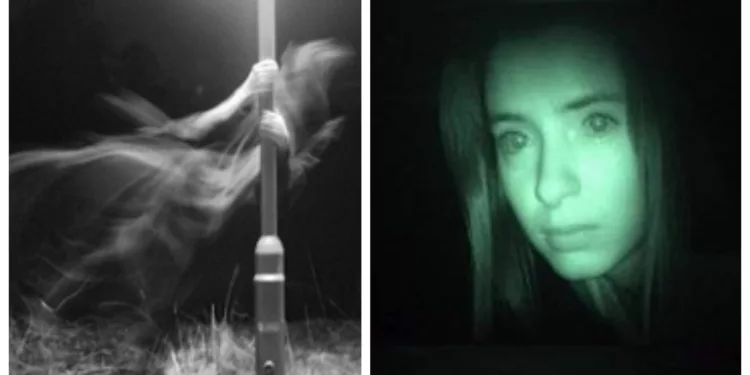In today’s world, social media is like a bustling city square. Stories and news travel fast, reaching people far and wide. But, like in any crowded place, not everything you hear is true. People make up some stories. They’re like those ghost tales told around a campfire to give everyone a little scare. One modern-day ghost story is about Teresa Fidalgo. It’s a tale that has spread like wildfire across social media platforms.
Imagine scrolling through your social media feed. You come across a story about a young woman named Teresa Fidalgo. According to the tale, Teresa was a young woman who died in a car accident. But here’s the eerie part. The story claims that her ghost now roams social media. It curses anyone who doesn’t share her story. It’s like she’s seeking to tell her tale, reaching as many people as possible.
This story isn’t another piece of fake news; it’s clever. It plays on our fears and tests our common sense. The tale of Teresa Fidalgo questions our ability to separate truth from fiction. It makes us wonder: should everything we read online? Or should we ask things more? Especially when they sound as unbelievable as a ghost haunting social media.
So, let’s learn more about one such rumor of Teresa Fidalgo’s ghost story and the truth behind it in the following article.
Who is Teresa Fidalgo?
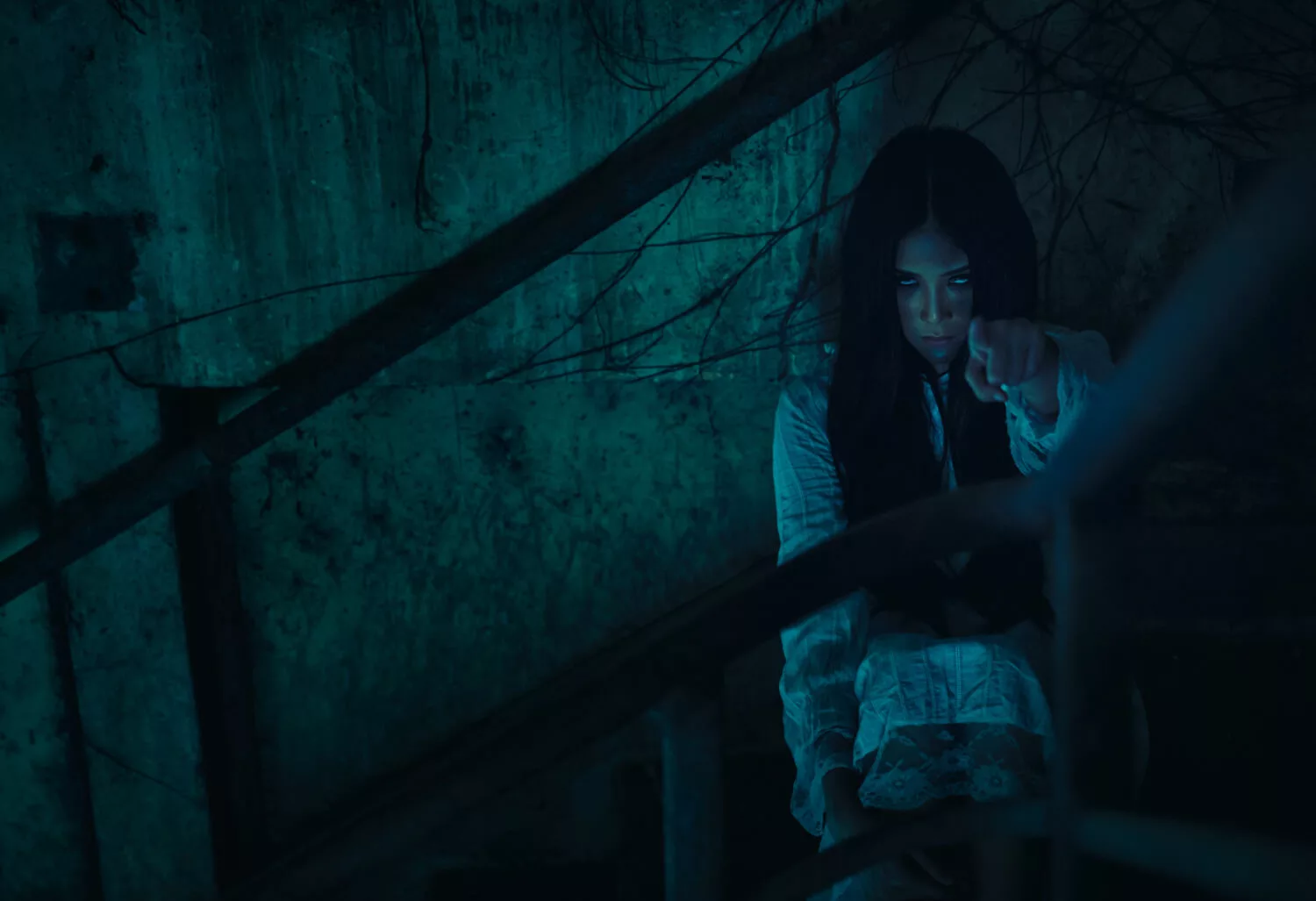
Social media has been buzzing with Teresa Fidalgo’s story over the years. Teresa died in a car accident in Sentra, Portugal, in 1983 when she was 27 years old. She died on the spot in a tragic car accident.
When Teresa Fidalgo’s age, on July 12, 2003, 20 years after her death, her myth went viral on the internet. Internet users begin to believe that Teresa haunts them online. The story of her life is even shared in chains out of fear.
Yet, it is essential to note that a similar story about Teresa on the Internet is not unique to her as the only white woman. But, her popularity grew after 20 years following her death. The truth behind this is also fascinating to discover in the era of fake news.
The Story of Teresa Fidalgo Explained
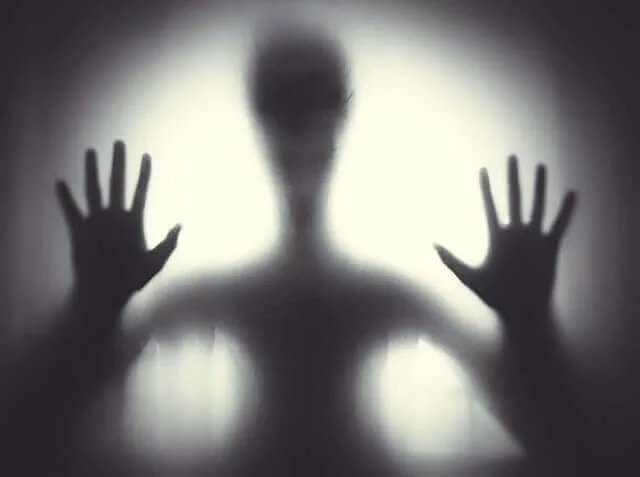
It is unclear whether the Story of Teresa Fidalgo is real or not. But, if you read this article at night, you will experience a chill down your spine. Several years ago, a video went viral. Teresa’s myth considered it the source, like a Serbian dancing lady.
Friends driving by the mountains at night saw a car. Among themselves, they discussed ghost stories, demons, and unholy things. They notice a beautiful woman walking alone toward their car in the middle of the road. They offer her a lift in their car when they see her alone.
The woman was very reserved and did not speak much to them. Out of curiosity, someone inquired about her destination. Her point of reference was a particular spot where she died a few years ago in a real accident.
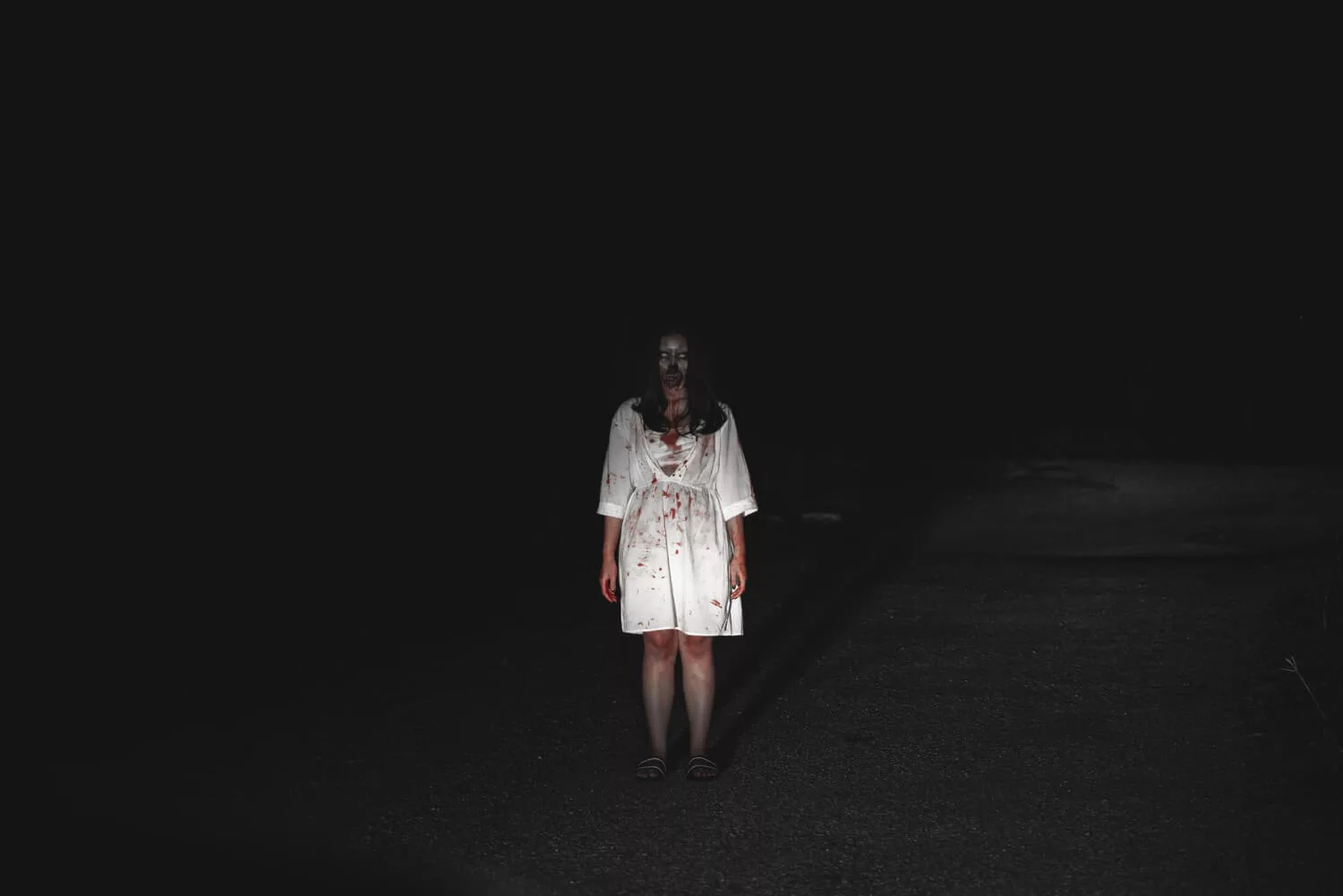
The people in the car became terrified after hearing her words. As the camera focuses on the woman’s face, she screams and shows her face as wholly bloodied. In a panic, the driver crashed into a tree. A guy named David somehow survived while two others died.
What is surprising is that David could not recount what happened that night. Because of the viral nature of this video, people began to believe Teresa Fidalgo’s story.
Later, police confirmed that Teresa Fidalgo died in a car accident at that exact location in 1983. As people watch that video clip, they connect it with the actual story. Yet, it is still unclear whether their claim is valid.
Who is the Author of the Story of Teresa Fidalgo?
The story went viral. But, some people doubted its authenticity and started searching for its origin. Teresa Fidalgo appears in the Portuguese film “A Curva.” It is a fiction-based stories film and urban tales. Portuguese content creator David wrote the story.
David Rebordao and some of his friends went to film some scenes for Teresa Fidalgo’s movie Urban Tales. A mysterious girl appeared on the road. That girl inspired Rebordao to include the scene in the film “A Curva.”
During the course of the film, David Rebordao also stated that the movie is not based on actual events. The correlation between Teresa Fidalgo’s ghost story and the film is coincidental. A video clip that is circulating on the internet is part of this film. Crew members and even the director were surprised by the popularity of this clip.
The Myth About Teresa Fidalgo’s Instagram, Twitter, and Phone number

But, the story of Teresa Fidalgo is too fictional to be true. Rumors say Teresa sends messages to Facebook, WhatsApp, Instagram, and other social media platforms.
A few people went further by sharing warnings about her phone number online. If you do not share her story after reading it, her ghost appears in your news feed as photos and videos.
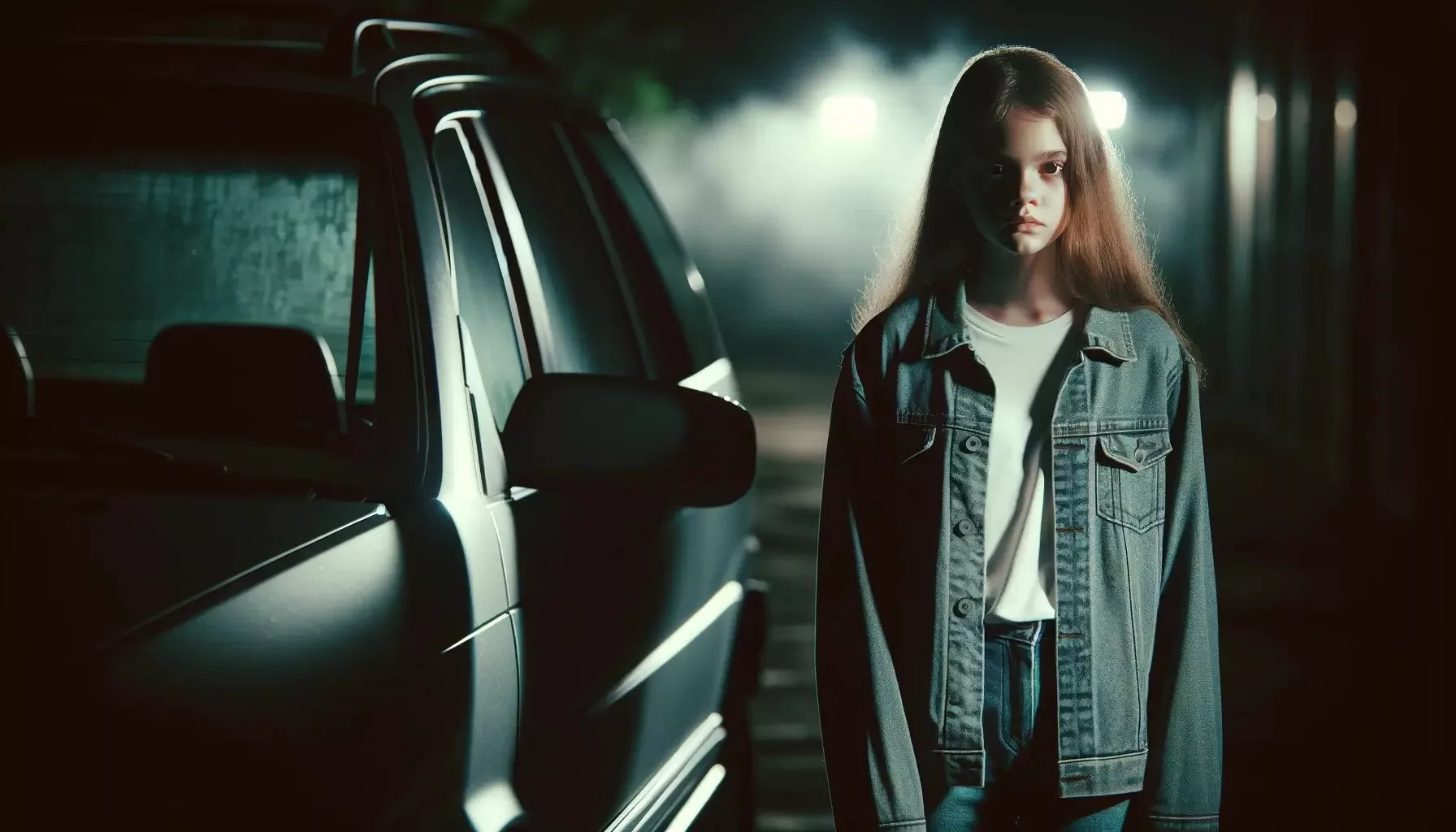 It is not new to force people to share a specific post by scaring them. In this post, Teresa appears in a photo or video and threatens people to share it with twenty people. Otherwise, she will remain in a relationship with the individual for the rest of her life.
It is not new to force people to share a specific post by scaring them. In this post, Teresa appears in a photo or video and threatens people to share it with twenty people. Otherwise, she will remain in a relationship with the individual for the rest of her life.
As per the fake ghost story of Teresa Fidalgo, there is also one buzz going on over the Internet. In another Facebook post, a girl ignored the post, and 29 days later, her mother died. Teresa’s ghost often accompanies these photos and videos to enhance the post’s relevance.
Teresa Fidalgo’s Age
She died in a tragic accident, and Teresa Fidalgo’s age at the time of death was 25 years, as per police authorities. In the short film “A Curve,” she is a hitchhiker who asks for help in the middle of the night. This short film is directed by David Rebordo and was released in 2003.
Is The Story of Teresa Fidalgo A True Story?

The story of Teresa Fidalgo is a popular online message. It has been circulating on social media. It tells the tale of a ghost named Teresa.
She haunts people and causes misfortune to those who do not share her story. While it may sound spooky, let’s apply logical thinking to see why this story is a modern myth.
The Limited Haunting
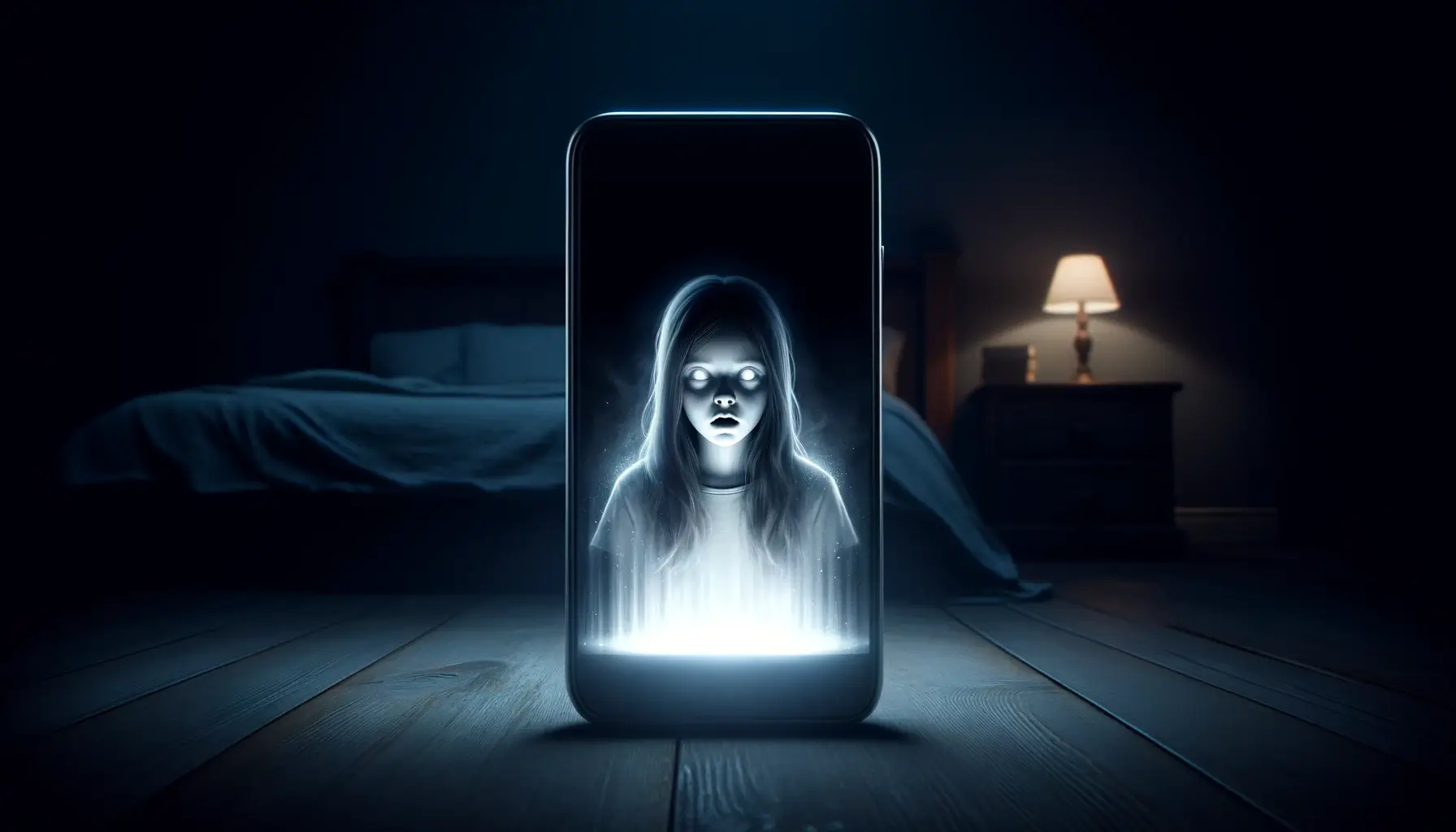
Secondly, the story suggests that Teresa’s ghost only haunts social media users. But why only them? What about people who don’t use social media at all?
Like some elderly people or those who choose to stay offline? And what about the time before the creation of social media?
It doesn’t make sense that a ghost would limit its haunting to such a specific group of people. It also seems odd that the haunting only occurs through digital means.
The Threat and Its Implications
The message includes a threat that harm will come to the reader or their loved ones if they do not share the story. This can be pretty scary, but let’s think.
What would happen to someone without family or as an orphan, who thus has no one to harm them?
Would the ghost’s threats still apply? It seems unlikely. No one has concrete evidence that not sharing these posts has harmed anyone.
The Lack of Evidence
No one has ever verified any proof. Sharing a message about Teresa Fidalgo has hurt or caused bad luck to anyone. Without evidence, we can’t say that the story has any real-world consequences.
It’s important to remember that anyone can write anything online. But that doesn’t make it accurate.
The Timeline Doesn’t Add Up
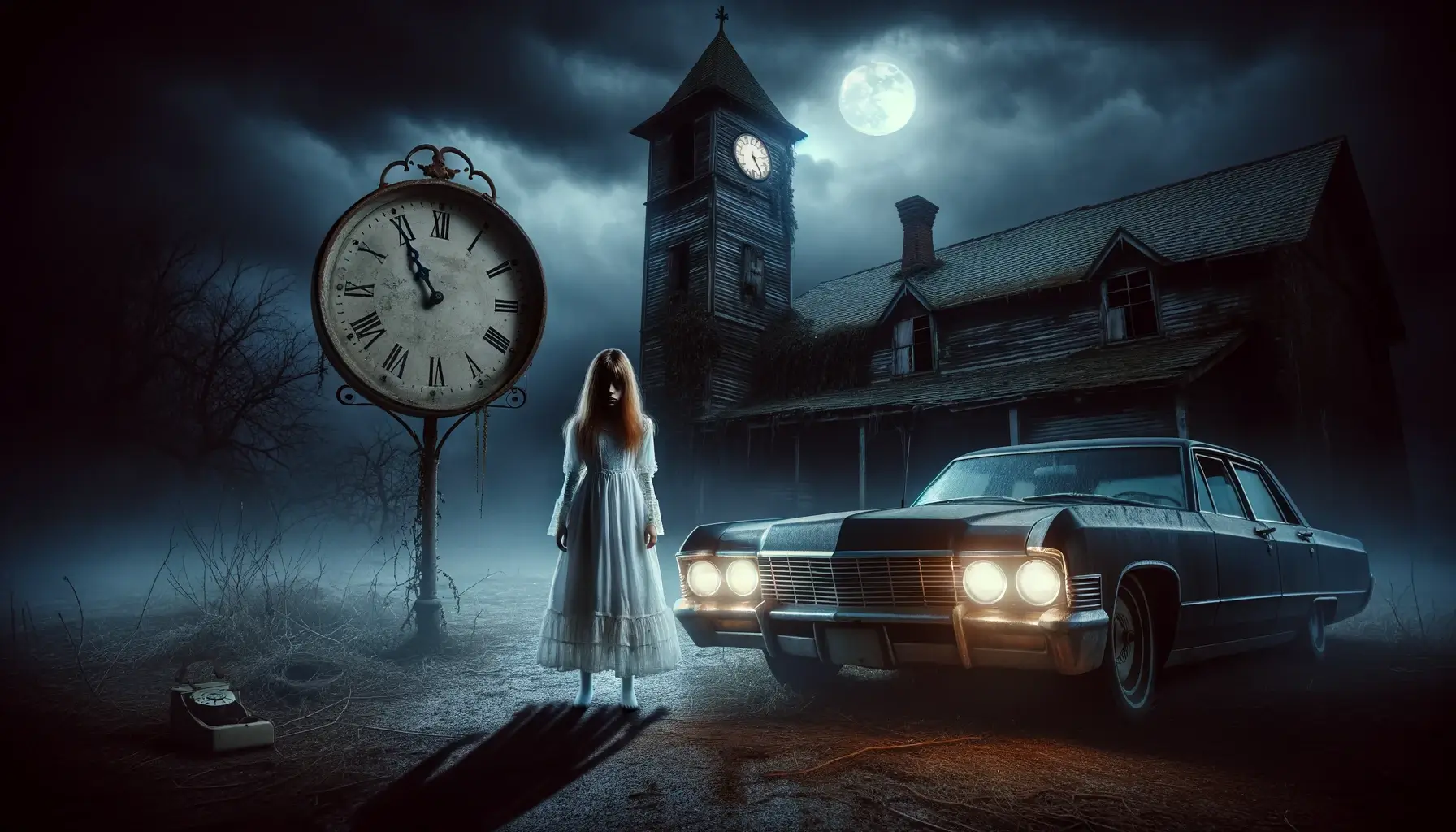
Firstly, consider the timeline. The story claims that Teresa passed away almost forty years ago. Social media did not exist at that time.
There were no smartphones, no internet as we know it, and no social media platforms. So, it’s impossible that Teresa, or her ghost, could have known about or used social media to spread a message.
Outcome – Think Critically
As a student in the 10th grade, you’re at a point in your education where critical thinking is vital. When you encounter stories like Teresa Fidalgo’s.
Ask questions and look for evidence before believing what you read or see online. The Teresa Fidalgo story is an excellent example of how myths and fake news can spread. T
his happens when people don’t question the information they’re presented with. So next time you see a similar story, think twice and do a little digging before accepting it as fact.
How Popular is Teresa Fidalgo’s Story?
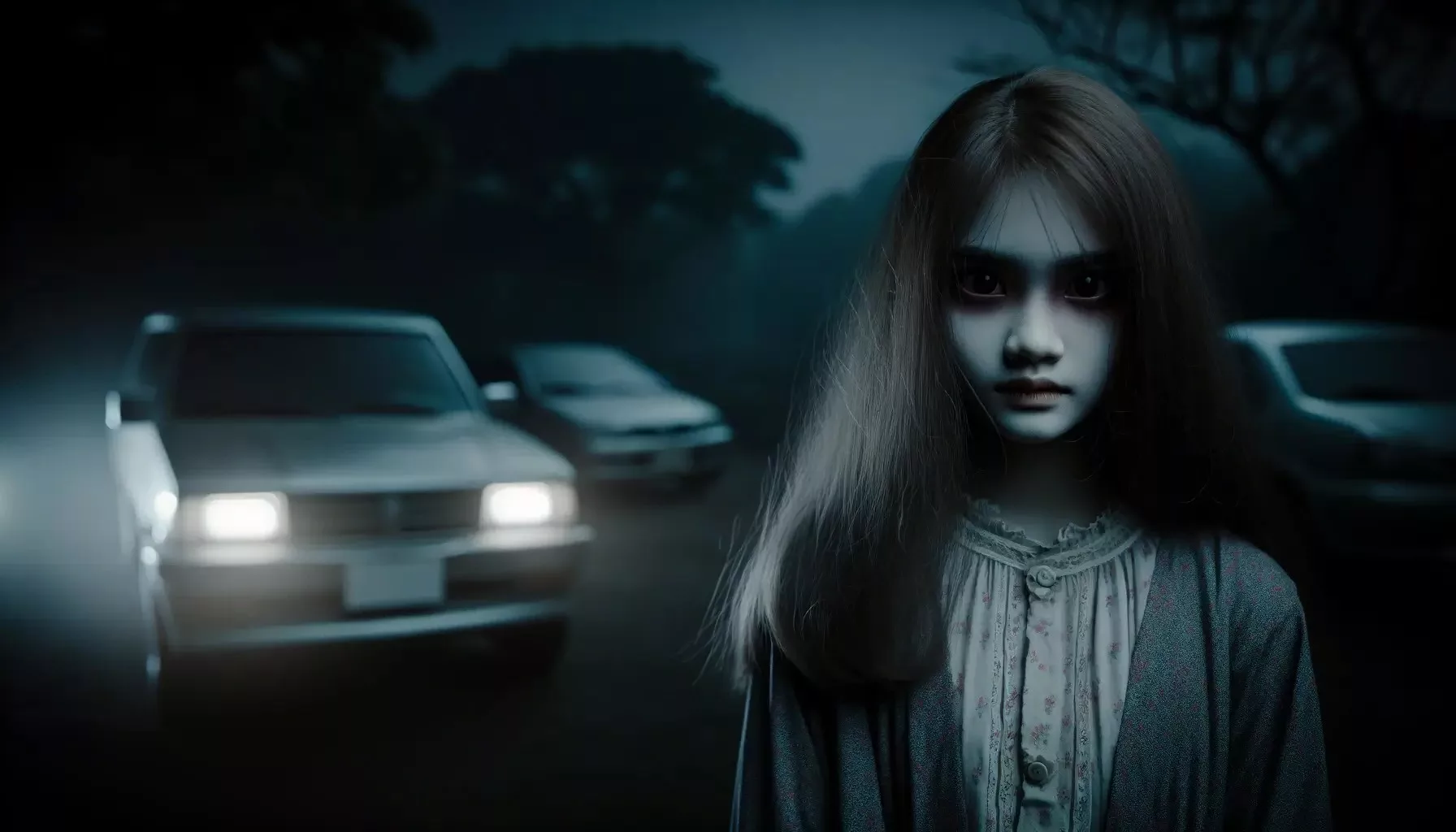
Over a million people have shared the story of Teresa Fidalgo and photos online as if she is a model a Katiana Kay or Utahjaz. The story is presented on various social media sites as a chained letter, as is the case with other threatening posts. Even though many people do not believe it, there is a reason why the post has gone viral.
Some users like to play pranks on others by sharing fake ghost stories as a practical joke. Here is the message from Teresa Fidalgo
If you stop reading this you will die, I am Teresa dialog and if you don’t post this on 20 other photos I will sleep with you forever. A girl ignored this and her mom died 20 days later. You can search me on google
Some people consider the post ominous and believe in the Portuguese lady. No matter what the truth is, Teresa Fidalgo’s ghost story is famous, and people love to read the whole stories like the Blair witch project.
What should You do If You Get The Message?

This is a practical joke designed to shock other people. Social media platforms are the only means by which a ghost of a young girl can prove her existence.
Additionally, the film’s director expresses his surprise at the film’s popularity. This spreads to every niche. Even E-Commerce giant platforms are joining campaigns against fake news.
If you receive a message like this, don’t panic; ignore it. If you don’t share it, nothing will happen. Furthermore, we should never encourage sharing such a story as a crime. Break the chain of such a viral ghost story full of loopholes by being rational.
Why It Matters?
 You might wonder, why does this even matter? Well, stories like Teresa Fidalgo’s serve as important reminders. They remind us not to believe everything we see online at face value. In a world where fake news can spread as fast as the truth.
You might wonder, why does this even matter? Well, stories like Teresa Fidalgo’s serve as important reminders. They remind us not to believe everything we see online at face value. In a world where fake news can spread as fast as the truth.
Questioning, verifying, and thinking about the information we consume and share is crucial. We contribute to a more informed and discerning online community. By protecting ourselves from believing and being misled from very online information.
In conclusion, the story of Teresa Fidalgo is a fascinating case of how a tale can take on a life of its own on social media. It shows us the power of storytelling in the digital age and reminds us of our responsibility to seek the truth. So, the next time you come across a story as sensational as Teresa’s, take a moment to question it. Look for evidence, think, and remember. Not every ghost story is true, especially in the digital world of social media.
The Battle Against Fake News
Social media platforms are like knights in shining armor. They are fighting the dragon of fake news. They’re working hard to sift through stories, separating the real news from the fake ones. They’re ensuring that what we read is true. But it’s a tough battle, one that requires everyone’s help. We all need to be more like detectives. We should examine the stories we come across. Are they natural or tall tales meant to deceive or scare us?
Conclusion
Although Teresa Fidalgo’s story is true, it has turned into a paranormal activity and is entirely false viral news. Most people do not hesitate to share content on social media. A mentality such as this leads to the creation of such false rumors. The fact that people still believe fake news in the 21st century is astonishing. Avoid such posts at all costs.

